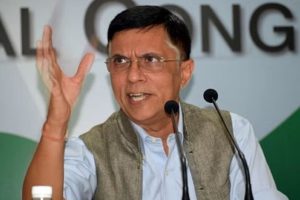Japan’s Emperor Akihito on Tuesday declared his abdication and delivered his last public address as emperor, in a historic ceremony in Tokyo.
He is the first Japanese monarch to stand down in more than 200 years since 1817, the BBC reported.
Advertisement
The 85-year-old was given permission to abdicate after saying he felt unable to fulfil his role because of his age and declining health.
In his final speech, Akihito said he “wished Japan and the world peace and prosperity”.
“I am deeply grateful for the people that accepted me as a symbol and supported me.
“Along with the empress consort, I hope from my heart the ‘Reiwa’ era will be peaceful and fruitful, and I hereby pray for the well-being and happiness of our country and people of the world,” he added.
The Taiirei-Seiden-nogi, or main Ceremony of the Abdication of His Majesty the Emperor, is taking place at the Matsu-no-Ma stateroom in the Imperial Palace.
It began at 5 p.m. with Emperor Akihito and Empress Michiko entering the room. Over 330 attendants will also be present.
The ceremony will end with Akihito delivering his final address as emperor, though he will technically remain emperor until midnight.
Tuesday’s events will be the first time anyone alive will get to watch a Japanese abdication ceremony.
On Wednesday morning, Crown Prince Naruhito will inherit the Imperial Treasures in his first ritual as Japan’s 126th emperor – and will officially lead the country into the new Reiwa era.
It will mark the end of the current Heisei era, which began when Akihito ascended the throne in 1989.
The emperor in Japan holds no political power but serves as a national symbol.











